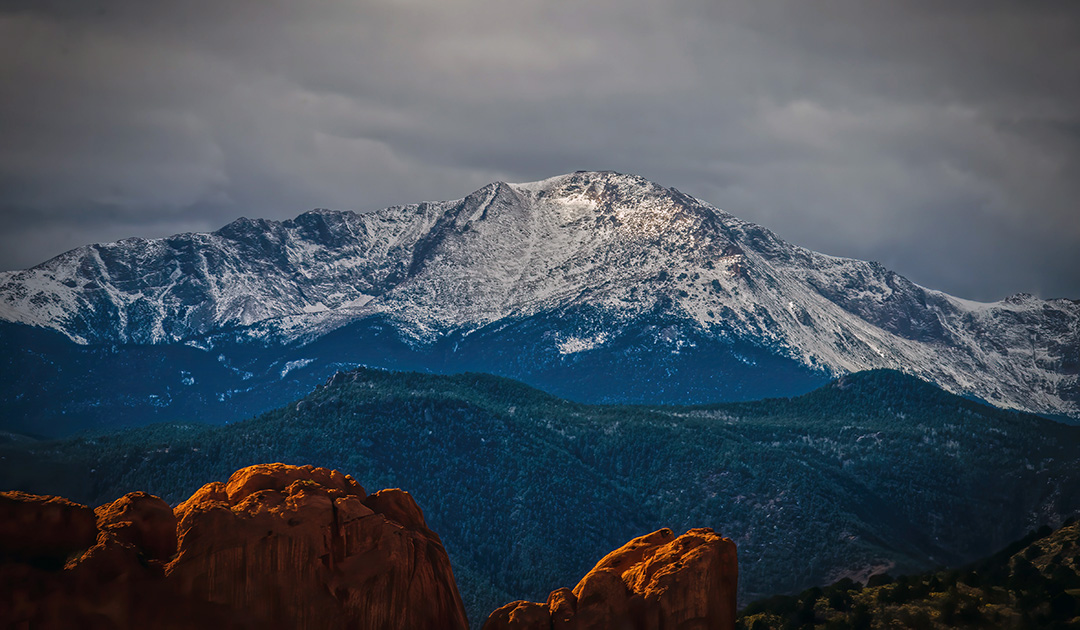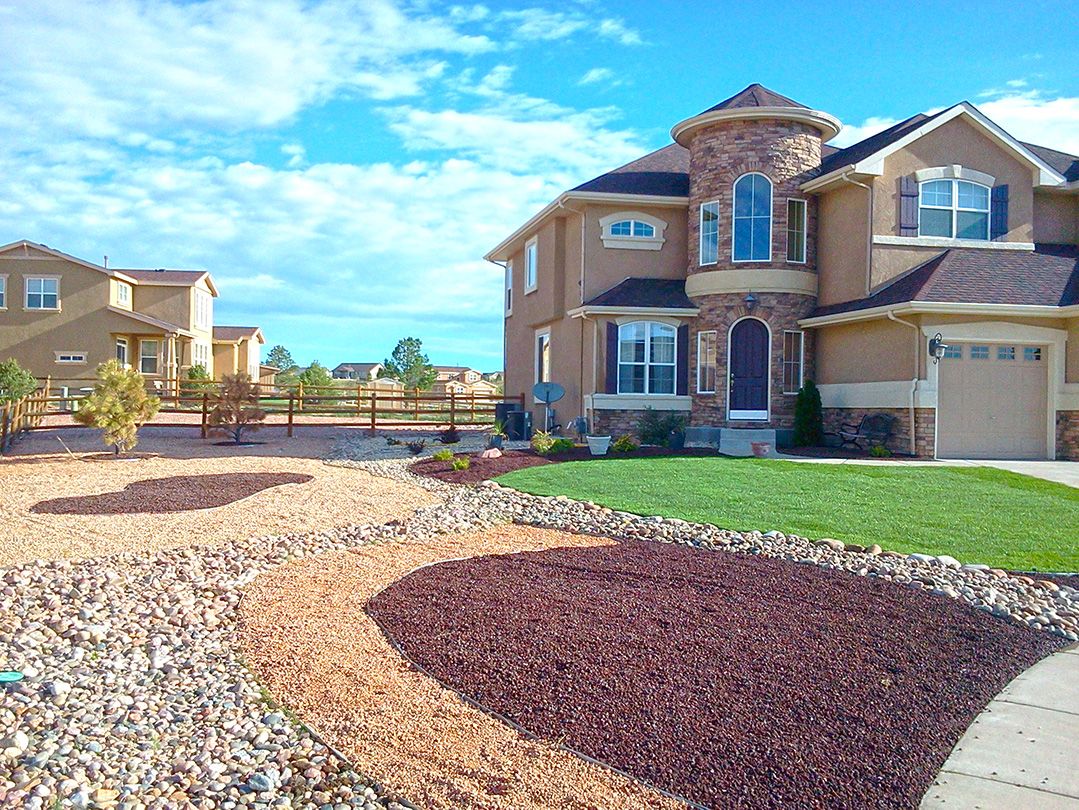
How to Winterize Your Sprinkler System in Colorado Springs

In this article we’ll explain the importance of preparing your irrigation system for freezing temperatures and the most common ways of clearing water from your lines.
Colorado Springs is notorious for its fluctuating weather. It seems the cold air can come as early as September, or we find ourselves in t-shirts puttering around our yards in January. Parts of El Paso County edge into the 100s during the summer, and we’ll drop to -20 degrees during a polar vortex around Christmas. No matter what Mother Nature has in store for us, Monument and Woodland Park can count on getting their first snow before Halloween. That’s why it’s incredibly important that you pay attention to the changing seasons–and properly winterize your sprinkling system before a cold snap destroys it.
Why Is Winterizing Your Sprinkler System So Important?
A penetrating frost level can lead to burst pipes and costly repairs. A simple, 15-minute job can prevent this.
The premise revolves around expansion and contraction. Perhaps you’ve learned this lesson the hard way, sticking a can of soda in freezer. The phone rings and Aunt Sally distracts you. You forget all about the soda and later that evening you open your freezer to discover an exploded sticky mess. Generally, when you make something cold, it contracts. And this true–most liquids do contract as they cool down. However, water behaves a bit differently… well, drastically differently. Water, the prime ingredient in your soda, does contract as it cools, but then as the water approaches the freezing point it begins to expand. Ultimately, when frozen, water expands by roughly 9%. Simply said, the soda can is now too small to contain the frozen water, and the pressure caused by the expansion is so great that it shreds aluminum cans–or your pvc pipes.
Cleaning out a mess in your freezer is annoying enough. Now consider digging up your entire yard, removing all of the burst pipes, re-installing them, and then trying put your yard back together like nothing happened. Failing to winterize your sprinkler system can be a costly mistake, needlessly wasting thousands of dollars and dozens upon dozens of hours to solve.
The goal is to remove enough water from your system, so that when it freezes and expands, there is enough room in the pipes that no damage is caused. Luckily, there’s a few easy methods of draining the water from your irrigation system.

Draining Your Sprinkling System
The two most common methods of draining your irrigation system are with manual valves or blowing-out the system with compressed air. Both are relatively easy to do: manual values require a little more time and effort, blow-outs can possibly cause damage to your system if not done properly.
Manual Valves
Not all sprinkling systems are equipped with manual drainage valves. It’s important that you know if your sprinkling system was installed with these drainage valves–if you’re not sure, give us a call and we’ll be happy to come out and take a look.
First, make sure you turn off the water supply to the system. Next, find your manual values–don’t miss / forget any. You usually find these at the end of runs and low points in piping. Open all of the valves, including the backflow device, and allow the water to drain from the system. If your sprinkling system has check valves (a device that only allows water to flow in one direction), you must raise all of your sprinkler heads and allow the water to drain from them. Once you’re done, be sure to close all of your valves.
Blow-Out
The quickest, easiest, and usually most common method is forcing compressed air through your system. This pushes water out of the pipes through your sprinkler heads, and doesn’t require opening or closing manual valves or manually raising sprinkler heads. If you’ve never attempted this before, it’s important that your practice safety. Compressed air can be dangerous to you and your sprinkling system if not done properly. If you ever feel in over your head, give us a call we’ll be happy to help.
For this method you’ll need an air compressor rated at 80-100 CFM. You’ll also need a coupler fitting attached to your irrigation system–most reputable landscapers will include this when installing your system.
First, start by turning off the water to your system. Next, connect the air compressor to the sprinkler system using the coupler–do not blow compressed air directly through the backflow device. Start with the station / zone furthest from the service box and turn it on. Close the backflow valves. Slowly open the valve on the compressor and add around 75 PSI of air. Do not exceed 80 PSI or you can damage your system. Make sure you’re not standing near an active head!
As you begin to add air, you should see water spraying from the heads in the zone you’re working in. They will begin to sputter and hiss as water mixes with compressed air. Continue adding air until the steady stream of water turns to mist / fog. Once you’ve achieved mist / fog, the zone is complete and you can move on to the next.
Once all of the zones have been blown out, you can disconnect the compressor. Next, you’ll want to open the ball-valves to the backflow devices 1/4 turn. Do the same for any test-cocks on the system. This will allow room for expansion and prevent cracking of the ball valves and allow any additional water to drain from the backflow devices. Lastly, head back to the main shut-off valve and open the drain. This will drain the remaining water left in the supply line.
Need Some Help?
If this process seems overly complicated or you’re not sure which type of sprinkling system you have, please don’t hesitate to reach out. We’ve been serving Colorado Springs for a decade and have saved many homeowners thousands of dollars by properly winterizing their sprinkling systems. There’s nothing more frustrating than when spring rolls around, you turn on the water to your yard, and heads don’t begin spraying like they should. It's even worse when you realize entire lines need to be replaced.


